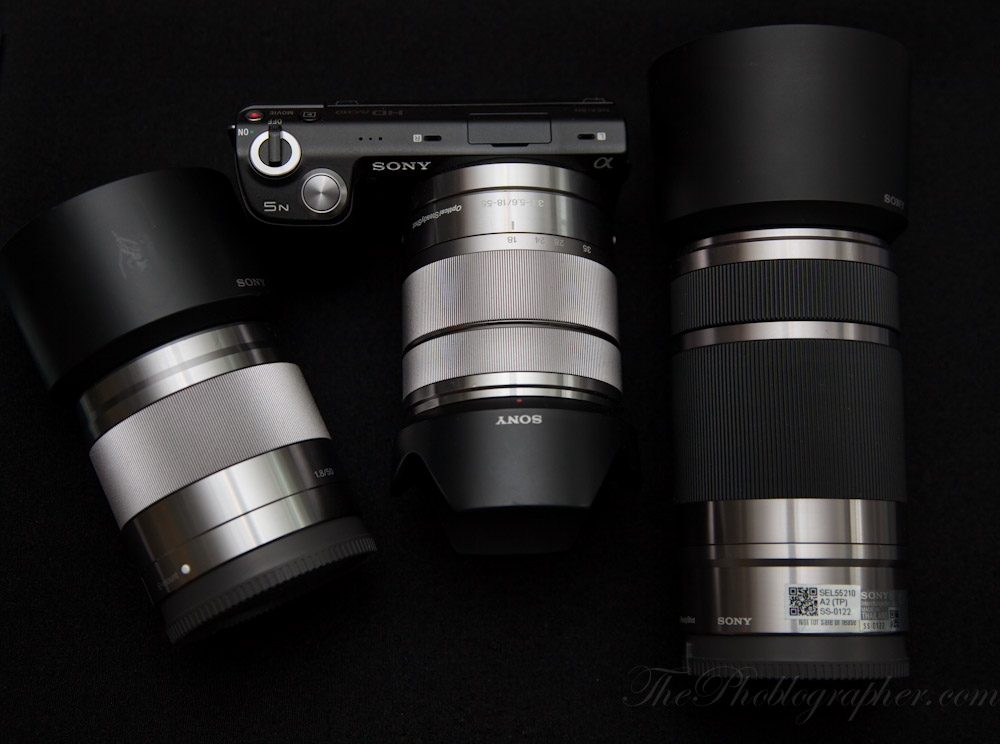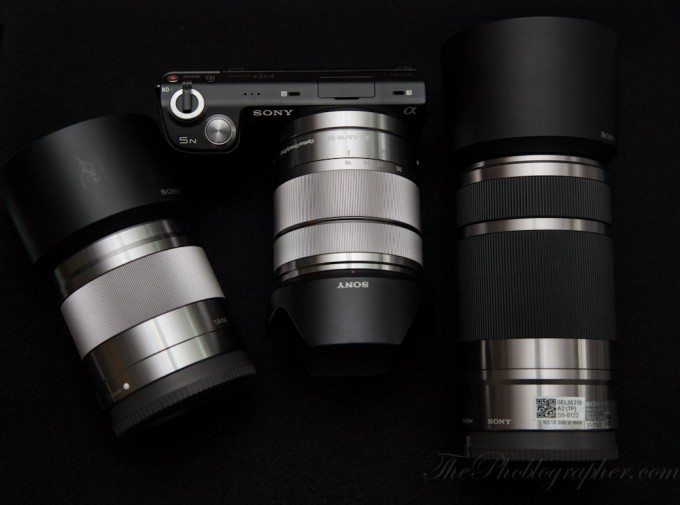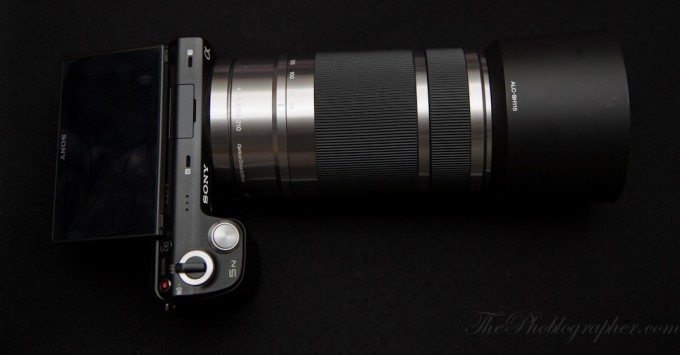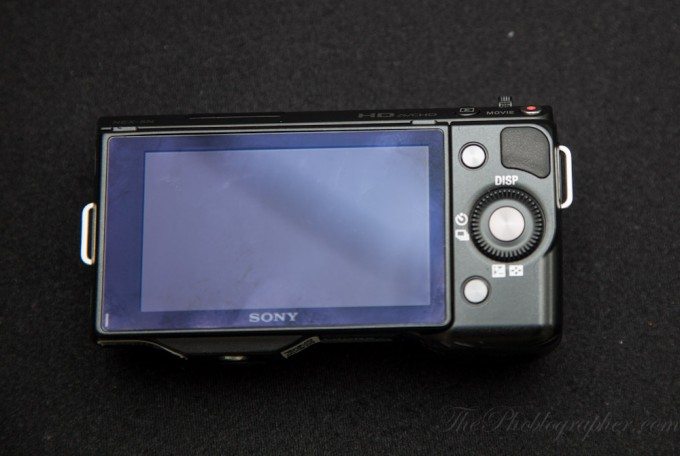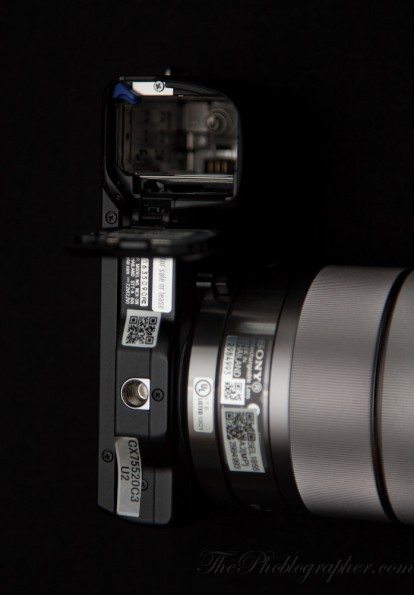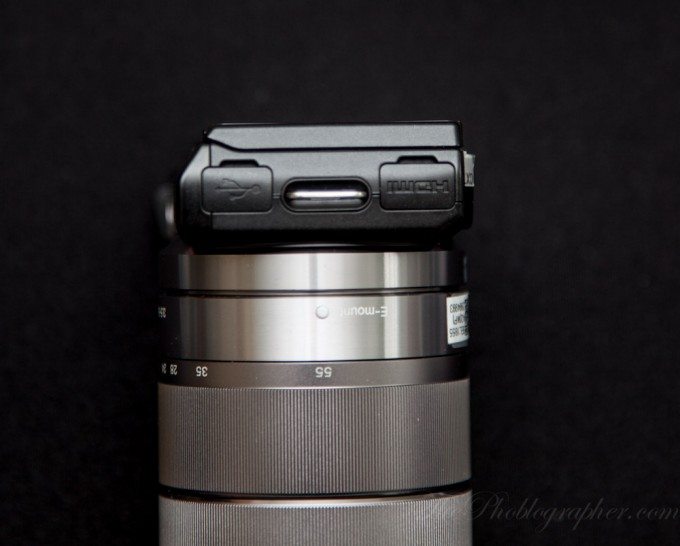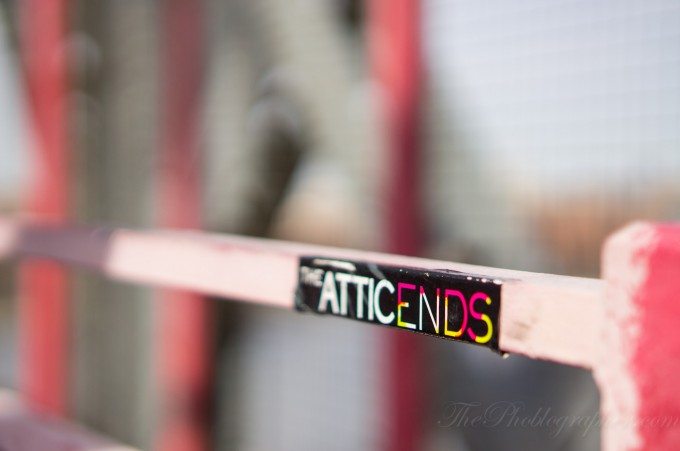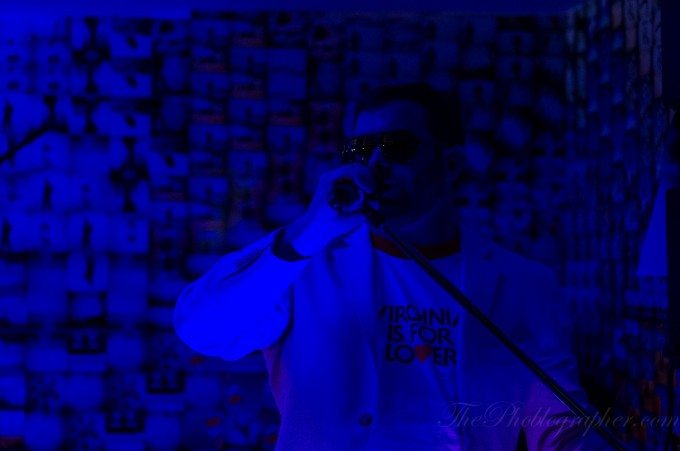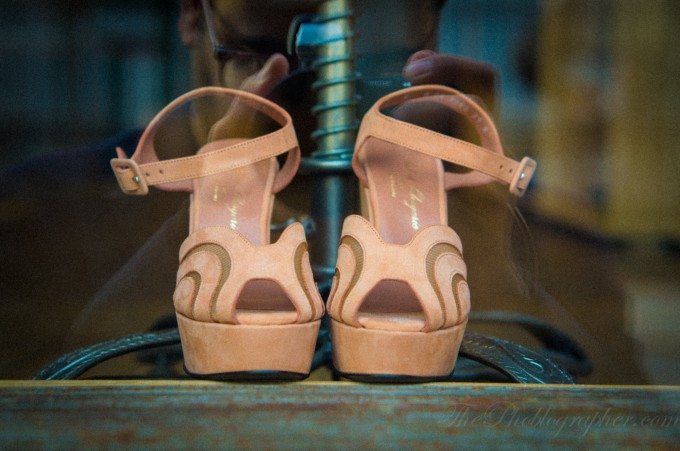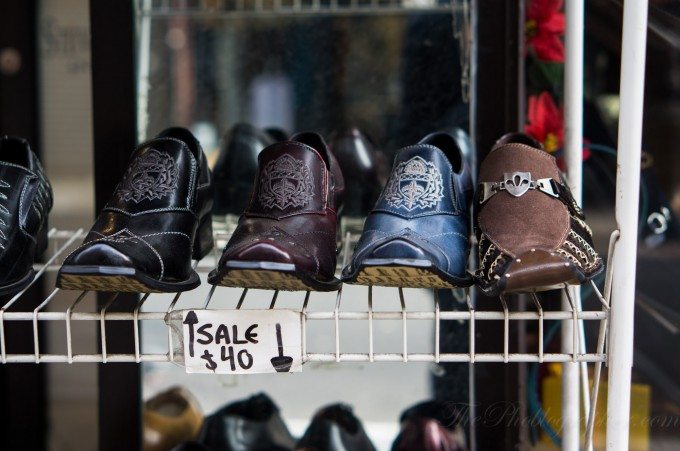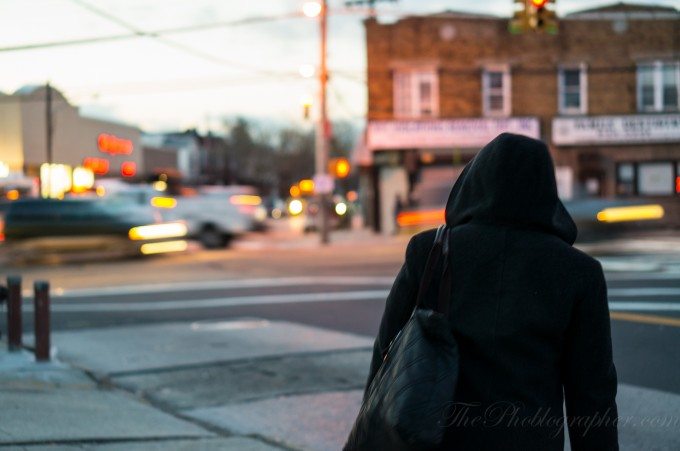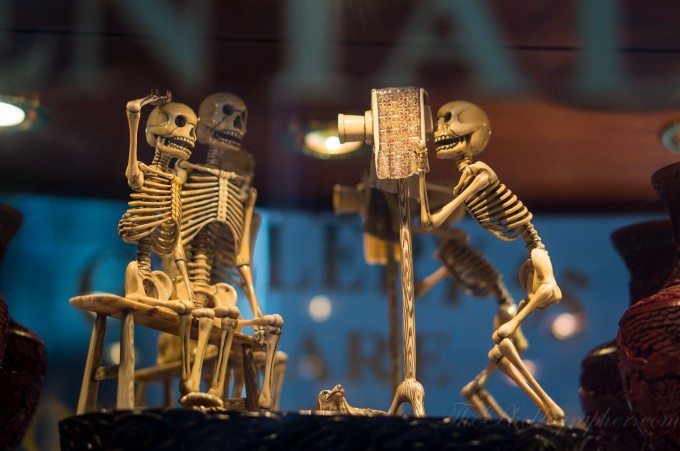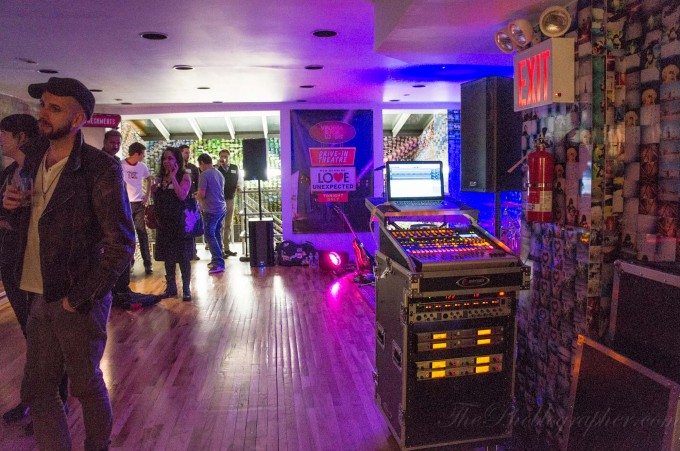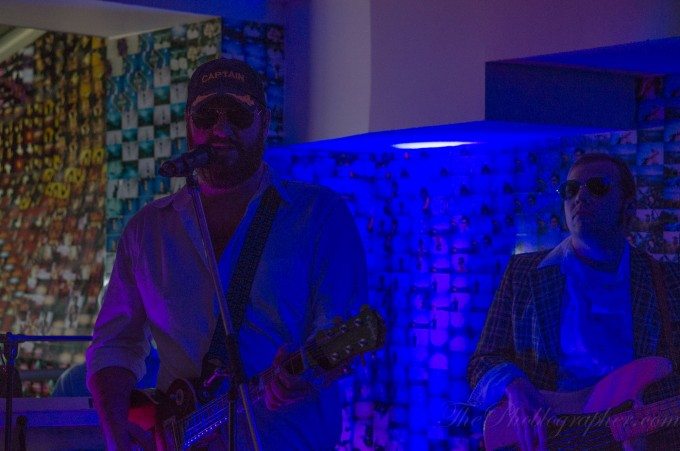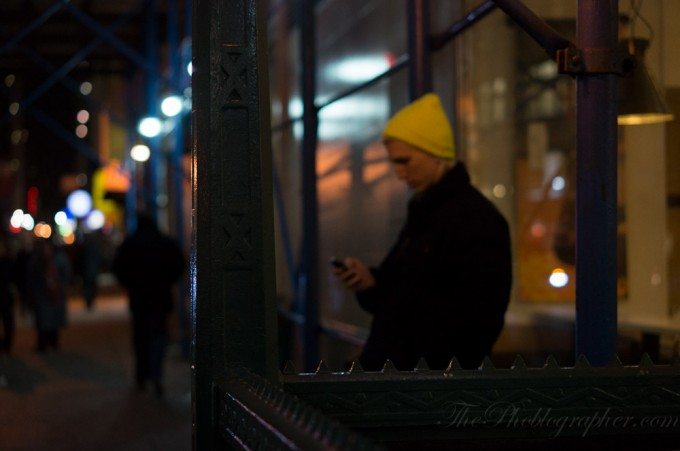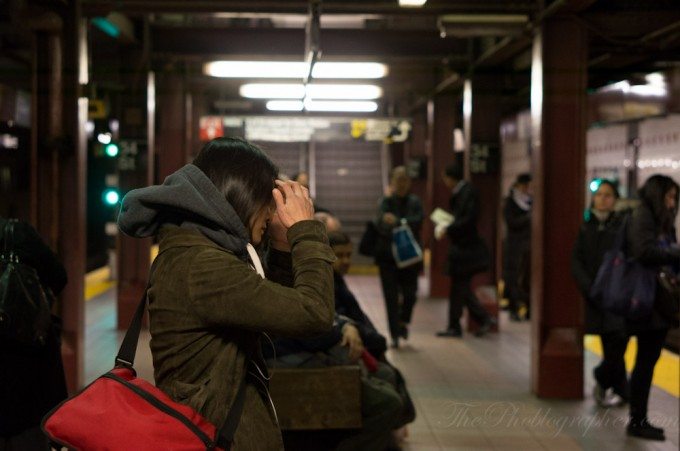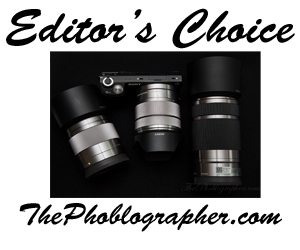Last Updated on 02/12/2012 by Chris Gampat
After reviewing the Sony NEX C3, I have been dying to get my hands on the 5N (5n). Though initial reviews have shown the earlier versions to have clicking problems when recording video, my version did not seem to have that fault. I have already done a hands on review of the Rokinon 8mm f2.8 fisheye lens using the 5N, and I’ve also compared it to the Canon 5D Mk II in a real life situation.
So as Sony’s middle child (with the C3 being the low end and 7 being the high end) can the 5N really prove to excel above some of the competition?
Gear Used
Sony NEX 5n with 18-55mm kit lens
Sony EVS1S TruFinder LCD Viewfinder
Tech Specs
Specifications borrowed from the B&H Photo listing of the item:
| AV Recording | |
|---|---|
| Video Recording | Yes, NTSC |
| Aspect Ratio | 4:3, 16:9 |
| Audio Recording | With Video, Stereo |
| Focus Control | |
|---|---|
| Focus Type | Auto & Manual |
| Focus Mode | Single-servo AF (S), Continuous-servo AF (C), Manual Focus (M) |
| Autofocus Points | 25 |
| Viewfinder/Display | |
|---|---|
| Display Screen | 3″ Rear Screen Tilting LCD (921600) |
| Screen Coverage | 100% |
| Live View | Yes |
| Flash | |
|---|---|
| Continuous Shooting | Up to 10 fps |
| External Flash Connection | Proprietary |
| Performance | |
|---|---|
| Self Timer | 2 sec, 10 sec |
| Connectivity | AV Output, HDMI C (Mini), USB 2.0 |
| Software Requirements | Windows: XP (SP3), Vista (SP2), 7 Mac: OS X 10.3 or later |
| Power | |
|---|---|
| Battery | 1x NP-FW50 Rechargeable Lithium-Ion Battery Pack |
| Physical | |
|---|---|
| Dimensions (WxHxD) | 4.36 x 2.31 x 1.50″ / 11.08 x 5.88 x 3.82 cm |
| Weight | 7.4 oz / 210 g Camera body only |
Ergonomics
The NEX 5N is extremely thin yet also very ergonomical.The top of the camera is very simple with an on/off switch next to the shutter button and a movie record button behind the switch. Plus there is a microphone and Sony proprietary hot shoe. The screen also flips up if you want to shoot it like a TLR.
Because of the design, I often believe and state that it goes best with prime lenses because they keep the entire system so much smaller vs having a giant zoom lens on such a small body (though the two are very well balanced.) Here’s what I mean:
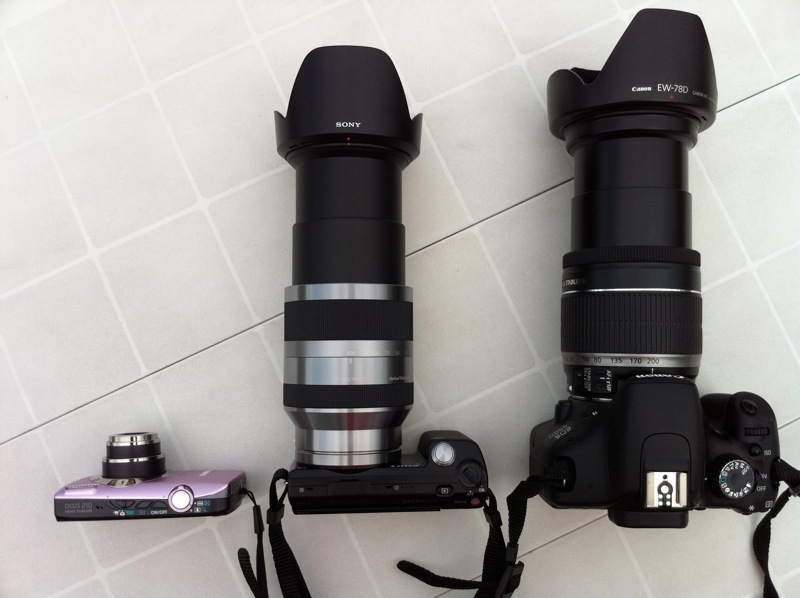
The photo up above is of a Sony NEX camera with the 18-200mm lens extended. Next to that is a Canon Rebel with the same focal length lens extended. See the difference? It’s part of the reason why I believe that the DSLR won’t die just yet.
The back of the camera is where business primarily goes down. The scroll toggle wheel is actually fairly simple to use and a custom function can be assigned to the right selection area. Plus, the camera has a touch screen and other functions can be assigned to the other soft keys above and below the dial. The LCD flips up and down, and there is some extra thumb grip on the back as well.
The bottom of the camera contains a tripod mount and this is also where the battery and SD card are stored. Plus, the camera shows a buffering light on the bottom. That’s a bit of a weird place for it though.
As far as ports go, there are HDMI ports and a USB 2.0 port. And that’s all there is to it.
Autofocus
Autofocusing is very fast and for the most part, also very accurate. It’s not as fast as Olympus’s EP3 (or EM-5) or Nikon 1 series cameras though. The user can microadjust (AF Fine tune) their lenses if they choose to; which is a very nice feature for Sony users mounting their Alpha lenses on the camera.
Though the camera can hunt at times and not always nail the focus on the item you choose based on composition of your scene, the LCD panel is also a touch screen; so you can tell the camera exactly where you want it to focus. Unfortunately though, if you’re using the Viewfinder, you’ll need to take it away from you eye, point the camera at the subject, touch the subject’s area on the screen and then bring the viewfinder back to your eye since it will track the subject automatically. That’s not really a problem as much as it is a pain on the user end.
Manually focusing though can be done many ways. There is a peaking function that shows you exactly what’s in focus by displaying white lines around the said area, but there is also a magnification that can go up to 9.5x. And that’s very useful. In fact, the 5n has some of the bet manual focusing abilities I’ve seen. It surely blows the Ricoh GXR out of the water; especially for street photography. This is because Sony’s peaking is actually accurate and magnifying a subject is very simple with the touch of a button.
Even in low light, the NEX 5N’s focusing is very good. It is super accurate but isn’t always the fastest. However, you’ll have an ease of mind knowing that it is accurate.
Ease of Use
The 5N is far easier to use than the NEX 5 was due to the more programmable buttons and easier ways to access settings. In truth, I often kept it in aperture priority and just shot away at my heart’s content. However, I also often shot in manual mode. Though the NEX 7 is still better for manual shooting, the 5N isn’t all that terrible at all.
What’s very reassuring is that your thumbs won’t hit the dials when the camera is in your hand during casual street shooting. If they do, then it’s rare that it will change the setting. This is unlike Olympus’s Pen cameras.
The NEX 5N also feels great in your hand when shooting for long periods of time, though I don’t recommend using the strap that came with the camera. I instead recommend a small wrist strap because this is a camera that you should keep in your hands at all times. If not, it can easily fit into a jacket pocket if a prime lens is mounted on.
Digging through the menus can be a bit annoying, but to do most functions you won’t need to.
Image Quality
I really have to say that the NEX 5N’s image quality is extremely versatile and almost as good as my 5D Mk II in my opinion. I can mess with the colors with ease due to the extreme color depth and lots of detail can be recovered from the highlights and shadows with no problem. As a word of warning, image grain was added to the image above.
The images that come out of the camera are really quite beautiful; and I highly recommend using fast primes to blur the background details out if you can. You’ll see just how the sensor works with various lenses to get some very wonderful bokeh. Additionally, the color capture is once again marvelous. In fact, I wish I could keep this unit. However, I need to return it but will consider purchasing it later on.
Though many readers of this site will know that I’m a big fan of prime lenses, the results from zoom lenses are are very good. The 18-55mm kit lens is actually very good and because of the excellent sensor, I have no problem with the variable apertures. Meaning, I won’t care about having to crank up the ISOs.
During my time with the camera though, the Rokinon and 50mm lens did most of the shooting due to their size, fast apertures and because of the lenses I used, I just felt that those were the best.
Sony really outdid themselves with this sensor. As I edited the photos, I sat there and thought to myself that this unlike anything that Fujifilm, Canon or Nikon have done before. Indeed, it is totally different. If you’ve shot film and know lots about color theory you’ll understand that there are basic concepts that one needs to master in order to get the absolute best colors. The same standards that I’d often apply to film I was easily able to apply to the Sony files. Getting the best color out of the images was indeed the easiest I’ve ever done with the NEX 5N vs other cameras I’ve used before.
As far as levels of colors go, blue is perhaps one of the best rendered colors.
However, it can also do some very nice things with oranges, reds and yellows. Compare the reds in the photo above and the one before it and you’ll see that it can capture very subtle colors as well.
If anything, I felt that purples were the camera’s weakness, if you can even say that.
I’ve also used it for an upcoming piece for Gear Patrol to shoot professional quality images.
High ISOs
At ISO 3200 and above, things can get noisy. You can see all the grain in the image above. However, it can be very easily edited out in post-production software.
And once again I will say, IT CAN BE FIXED! Too many people say no to a camera because they hate the noise levels and I think that noise is a negligible factor with most modern cameras.
With all that said, I also can say that ISO 1600 is very usable and that I actually believe you won’t need to edit your photos at all. It looks like 400 digital and 160 film.
At higher ISOs, cameras also often tend to have various problems in specific color regions. You’ll be glad to know that with the NEX 5N, I found none at all. You’ll just have a mess of grain to deal with, if even.
Video Quality
As an FYI, the Sony NEX 5n is good enough for the BBC. This video was shot, transcoded into H.264 in Lightroom 4 Beta, and then edited and cut together in iMovie. It isn’t the best final edit and just meant to demo some of the video.
However, if you work with the video in a much better editing program, it will look immensely better.
Battery Life
This was the problem with the camera: battery life. Though I will have to admit that it isn’t all that bad, it drains quicker than I’d like it to. After a full three days of shooting, it was pretty much dead. One factor that I think added to it is the fact that the LCD viewfinder drains battery life. Without the viewfinder, the battery would probably be better off.
Additionally, NYC’s cold will affect the battery as will hot days.
One of the factors that I think really killed the battery is the fact that the camera will constantly try to hunt for something to focus on and that can’t be turned off. When you half press the shutter button, it will hunt again and then lock onto the subject.
If you’re going on a vacation, pack your battery charger. But in general you may only need to charge it once or twice.
Conclusion
So is the NEX 5N worth its weight in gold? In my honest opinion, yes it sure is. The image quality combined with overall size, excellent high ISOs, extreme good video, and simple to use menu along with a touch screen makes this a winner in my book.
As a Micro Four Thirds user, would I trade in my cameras for this one? The only reason why I’m saying no is because of the lens options. Many more excellent lenses can be used with Micro four thirds cameras than NEX cameras. However, NEX will catch up and I actually have faith in Sony for this.
Would it make me get rid of my DSLRs? No. At the moment, my Nikon D5100, Canon 7D and 5D Mk II can blow this little cam out of the water in different aspects. But as far as mirrorless cameras though, this one may be hard to beat.
And the camera will also win our Editor’s Choice award.
Please Support The Phoblographer
We love to bring you guys the latest and greatest news and gear related stuff. However, we can’t keep doing that unless we have your continued support. If you would like to purchase any of the items mentioned, please do so by clicking our links first and then purchasing the items as we then get a small portion of the sale to help run the website.


